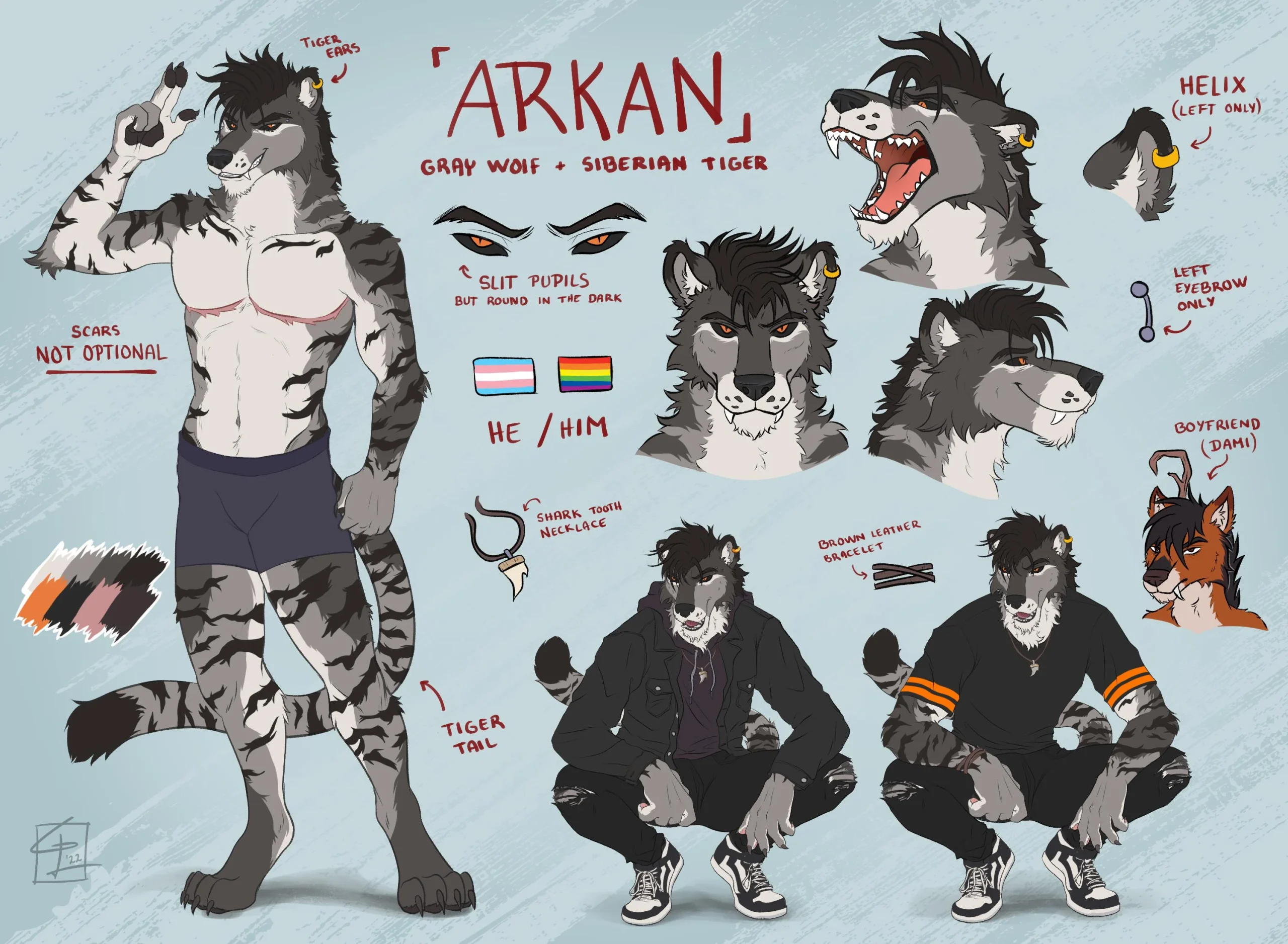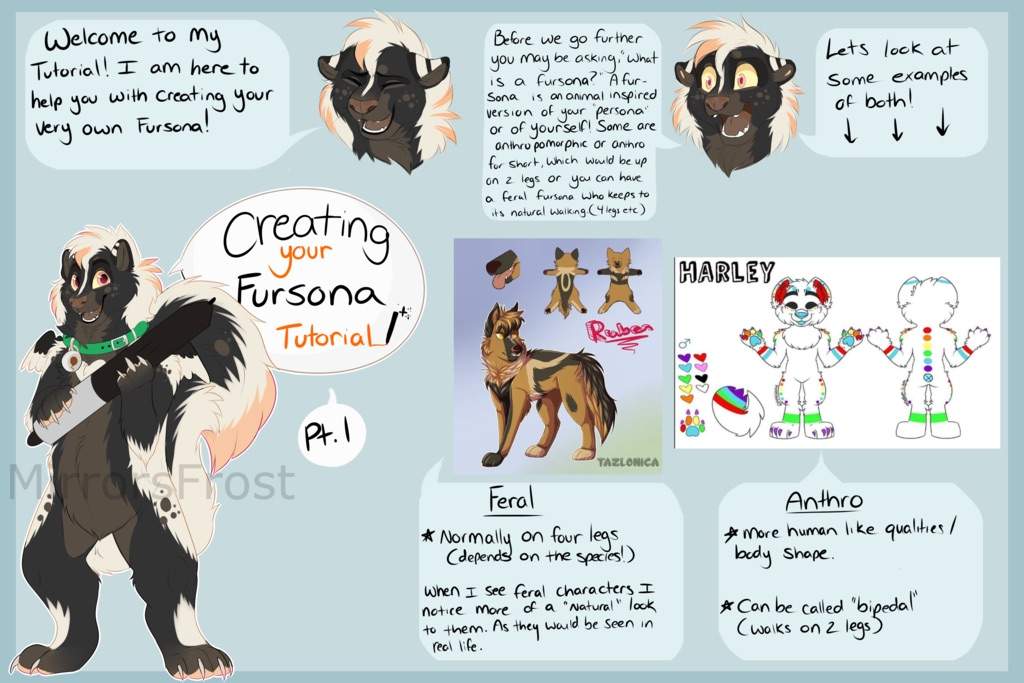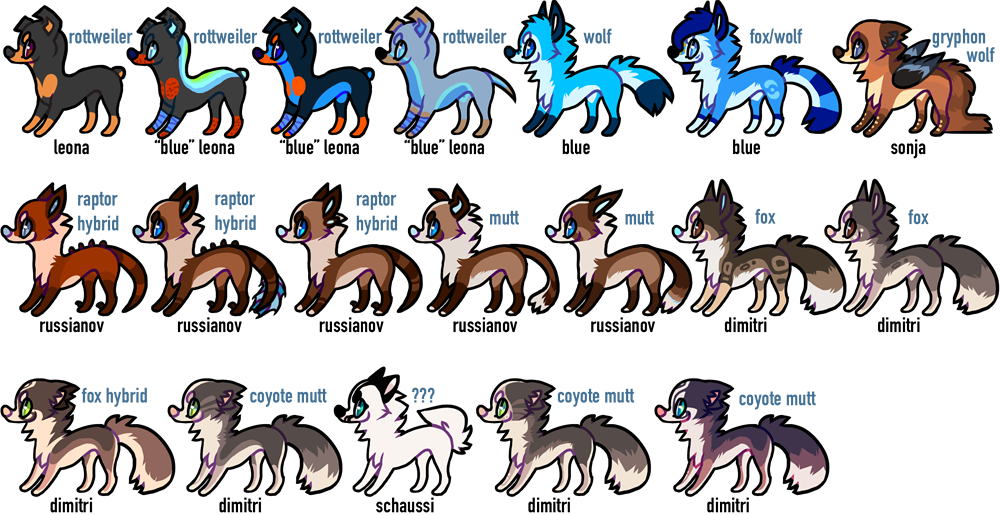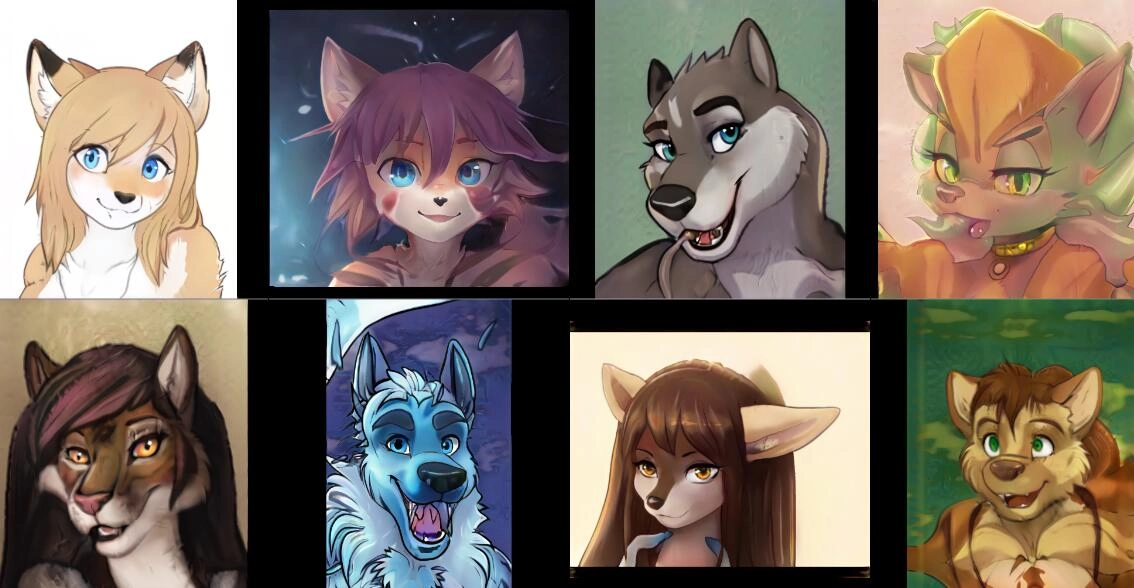Choosing a fursona can be a fun and creative process.
Understanding Fursonas
A fursona is a personalized animal representation. It's often used online or within the furry fandom. Think of it as a digital avatar, but with a unique, animal-based twist. Students should understand that it is a form of self-expression.
Many students might be unfamiliar with the term. Explaining its purpose clearly is crucial for avoiding confusion. A good analogy is comparing it to a superhero alter ego.
Why Species Matters
The species is a vital part of a fursona's identity. It can reflect personality traits, interests, or even aspirations. The choice is ultimately personal and shouldn't be influenced by external pressures. Consider making that clear to your students.
For instance, someone outgoing might choose a social animal like a wolf. Someone creative might choose a bird known for its beautiful songs. It provides a visible representation of an inner self.
Some students might be tempted to pick the "coolest" or "most popular" species. Encourage them to dig deeper and consider what truly resonates with them. Their chosen species should be something they feel comfortable representing.
Factors to Consider
Personality
Reflect on your personality. Are you introverted or extroverted? Are you playful or serious? Understanding these traits can guide species selection. This helps to find a good fit.
Think about which animals share your dominant traits. A shy person might identify with a deer. A curious person might connect with a fox. This reflection is a key step in the selection process.
Consider also that personalities are multifaceted. A student might be shy in some situations, but outgoing in others. Encourage them to identify the most prevalent aspects of their personality.
Interests
Your hobbies and interests can inspire your choice. Are you passionate about flying? Perhaps a bird of prey is a good fit. Do you love swimming? Consider an aquatic animal.
Linking interests to an animal can make the fursona feel more authentic. This also allows for further personalization. Students can incorporate elements of their interests into their fursona's design.
A student who enjoys gaming might choose a nocturnal animal. A student who loves art might pick an animal known for its vibrant colors. The possibilities are endless.
Symbolism
Animals often carry symbolic meanings. A lion represents courage. An owl represents wisdom. Choose a species whose symbolism aligns with your values. These symbols enrich meaning.
Exploring animal symbolism can add depth to the fursona. It allows for a more nuanced understanding of oneself. Consider providing students with a list of common animal symbols as a resource.
However, emphasize that symbolism is subjective. The meaning of an animal can vary across cultures. Encourage students to research and choose meanings that resonate with them personally.
Aesthetics
Appearance matters too. Do you prefer sleek and elegant designs? Maybe a feline is right for you. Do you like fluffy and cuddly animals? Perhaps a sheep or rabbit would be best. It must appeal to you.
Aesthetics play a significant role in the overall appeal of a fursona. Consider the colors, patterns, and shapes you find most visually pleasing. This can narrow down your options considerably.
Students might want to sketch or create mood boards to explore different aesthetic options. This can help them visualize their fursona and ensure they are happy with the overall look.
Common Misconceptions
Some believe fursonas are always about sexual interests. That isn't always the case. For many, it's simply a form of creative self-expression. Be sure to dispel such misconceptions.
Another misconception is that you must be "part of the furry fandom" to have a fursona. Anyone can create a fursona for personal enjoyment. Make this very clear to students.
It's crucial to address these misconceptions in a sensitive and respectful manner. Creating a safe and inclusive environment is essential for fostering creativity and self-expression.
Classroom Activities
Species Brainstorming
Divide students into groups and have them brainstorm animal species. Ask each group to describe the characteristics of each animal. This encourages critical thinking and creativity. Give each team a task.
Each group could focus on a specific aspect of the species, such as their physical attributes, habitats, or behaviors. This allows for a more comprehensive exploration of the animal kingdom. Provide the students with resources to aid them.
After the brainstorming session, each group can share their findings with the class. This promotes collaboration and helps students learn from one another.
"If I Were An Animal" Essay
Assign an essay where students explain which animal they would be. They should justify their choice. They must explain how their personality reflects the animal's character. It should be well-structured.
Encourage students to be creative and think outside the box. The essay should not only focus on the animal's physical attributes, but also on its symbolic meaning and cultural significance. Give prompts to get them thinking.
Provide feedback on the essays, focusing on the students' ability to articulate their thoughts and connect their personality traits with the chosen animal. Offer examples of good writing to emulate.
Fursona Design Challenge
Challenge students to design a fursona. They should choose a species and create a character. The character must reflect the student's personality. Details are important.
Provide students with art supplies and encourage them to explore different design elements, such as colors, patterns, and accessories. They can also create a short backstory for their fursona. Allow creativity to thrive.
At the end of the challenge, students can present their fursonas to the class. This provides an opportunity for them to showcase their creativity and share their personal stories.
Ensuring Respectful Dialogue
Emphasize the importance of respecting each other's choices. Every student's fursona is personal to them. Discourage judgment and promote acceptance. Respect is paramount.
Create a classroom environment where students feel safe sharing their ideas and creations. Avoid any form of bullying or ridicule. Make students feel included.
Remind students that diversity is a strength. Each person's unique perspective and experiences contribute to a richer and more vibrant learning environment. Embrace diversity in all aspects.


















